 Ronie Kendig grew up an Army brat, married a veteran, and they now have four children, a Golden Retriever, and a Maltese Menace. She has a BS in Psychology, speaks to various groups, volunteers with the American Christian Fiction Writers (ACFW), and mentors new writers. Her novels include Dead Reckoning
Ronie Kendig grew up an Army brat, married a veteran, and they now have four children, a Golden Retriever, and a Maltese Menace. She has a BS in Psychology, speaks to various groups, volunteers with the American Christian Fiction Writers (ACFW), and mentors new writers. Her novels include Dead Reckoning, a spy thriller and a 2010 INSPY Award Finalist, and Nightshade (Discarded Heroes Series, Book 1)
!
Ronie can be found at www.roniekendig.com or www.discardedheroes.com
To win a marathon, a runner must pace himself/herself carefully, so that they do not overtax their bodies and are able to finish--if not win!--the race.
Writers must do the same thing--we must pace our stories so that we do not overtax, or as the case may be sometimes, undertax, our readers. Pacing is a crucial but delicate element of fiction that keeps your reader interested and turning pages. It involves slowing scenes down and speeding others up to keep the momentum moving and the action active, whether it’s “normal, everyday action” or high action (motorcycle chases, fist fights, etc.).
When I speak on writing action, one of the most important elements we discuss is pacing—and it is an element some believe to be missing in the texts of many beginning writers’ manuscripts. Award-winning author Gail Gaymer Martin refers to it as the Goldilocks Principle—never too fast or too slow. . .it should be just right.
There are several cues to use in gauging whether a scene has good momentum or whether it’s dragging along on a broken wheel. The first and probably most important thing to establish is the value of a scene. Determine if the scene adds value to the story.  Does it reveal something that was previously hidden? If it does not add anything other than word count, then it probably isn’t needed. It is here that one of a writer’s most prized tools comes in handy: the DELETE key.
Does it reveal something that was previously hidden? If it does not add anything other than word count, then it probably isn’t needed. It is here that one of a writer’s most prized tools comes in handy: the DELETE key.
Within that scene, make sure you’re not dragging through muddy dialogue or chunks of narrative. Each sentence, every action should all work toward the same goal: moving the scene toward the next one and/or revealing something pivotal.
Another way pacing is slowed or even brought to a halt is through summarizing rather than showing the action or events. If the narrator has stepped in and told the reader that the character did X and as a result Y happened to bring about Z. . .then you’re summarizing. In other words, cheating your reader. Most times, if you’re summarizing, then you aren’t showing the story.
An exception to this are elements that would be droll otherwise, like greetings, recounting something that has already happened, and that dreaded element—back-story. Honestly, I think this is one of the quickest pace killers. Use a teaspoon instead of a gallon jug with back-story, dropping in morsels here and there.
Another way to move a story along and keep your pace solid: dialogue. This is one of the quickest ways to propel your story forward without losing your reader’s interest or binging on narrative. Finding the right balance is important. Too much leaves your reader exhausted. Too little leaves them frustrated.So, you understand a bit about pacing now, but do you know what you need to adjust your scenes to smooth the pacing? Here are some tools at your disposal:
Remember, we want a winning, moving pace that keeps our readers interested and caring about our story and characters! Make every scene count!
So tell us--what's your favorite technique to help the pacing in your story?
Monday, November 01, 2010
Home »
» Don't Pass the Pace!
Don't Pass the Pace!
Monday, November 01, 2010
4 comments




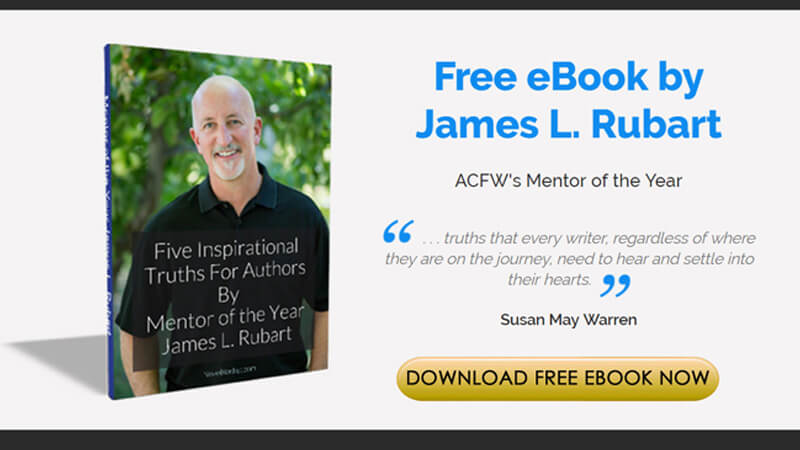
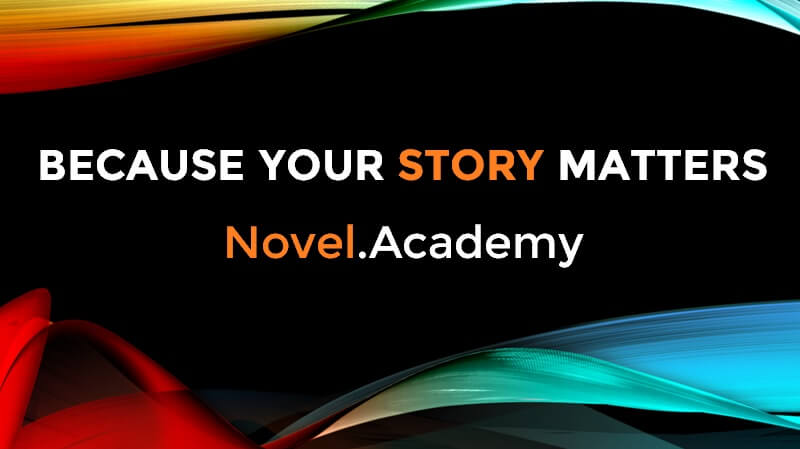
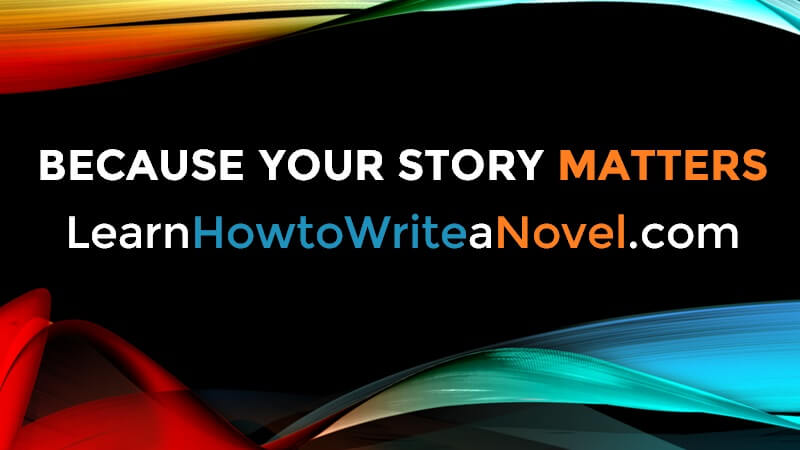

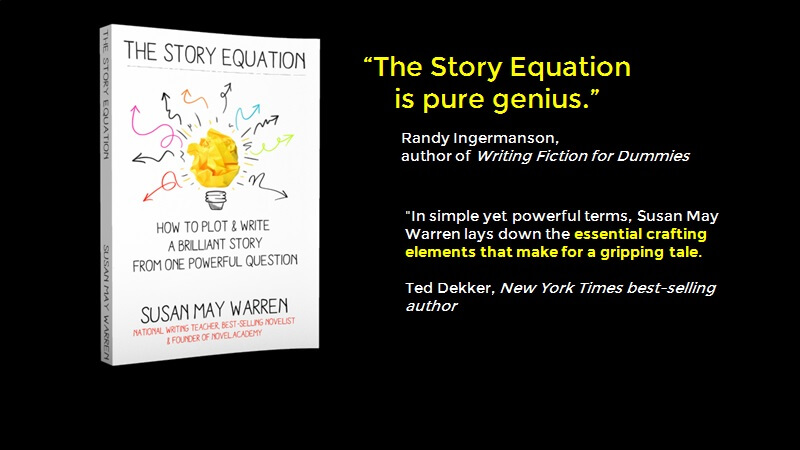
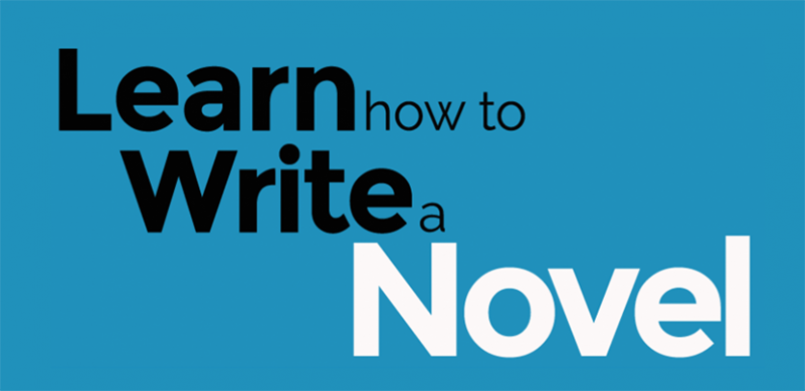


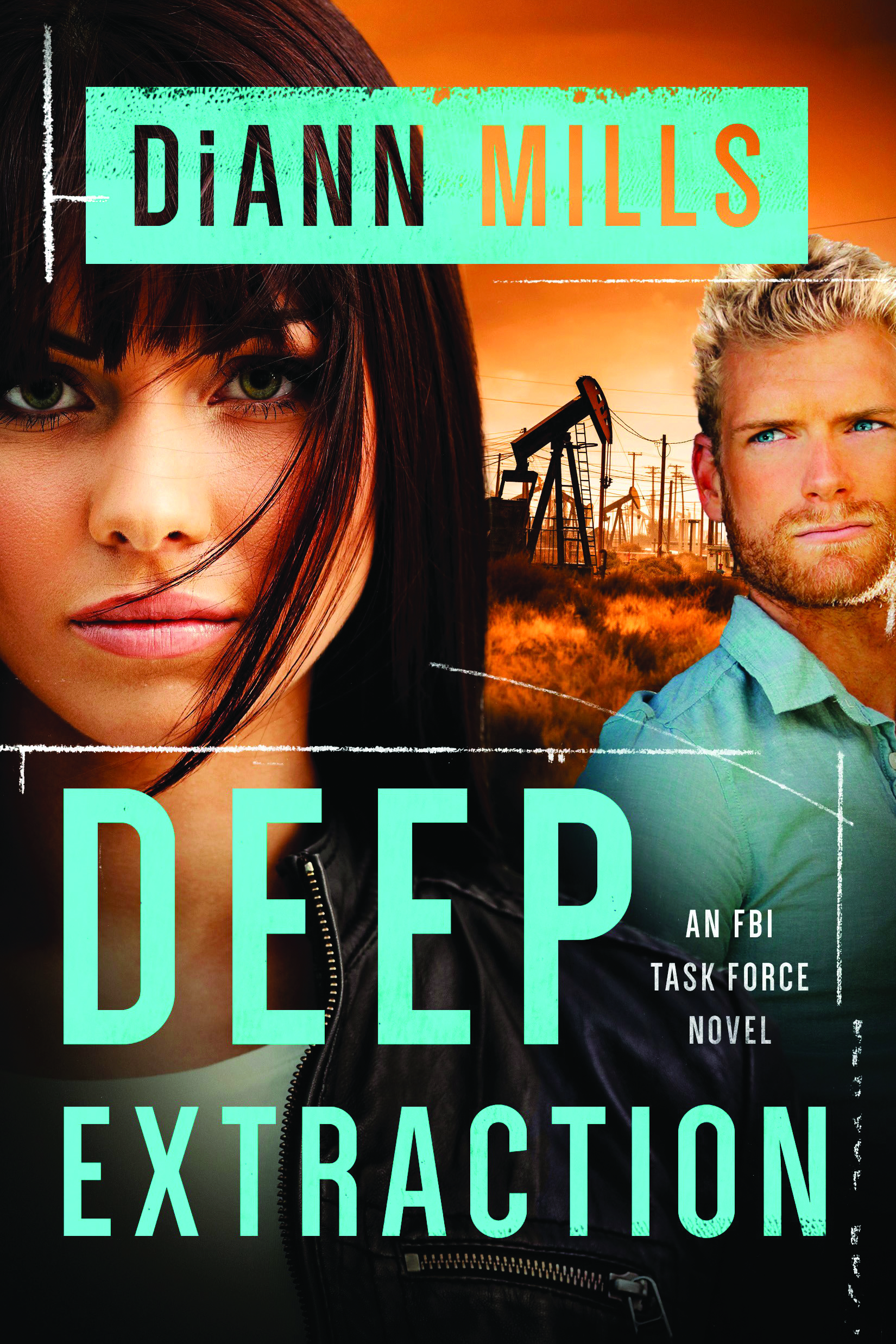
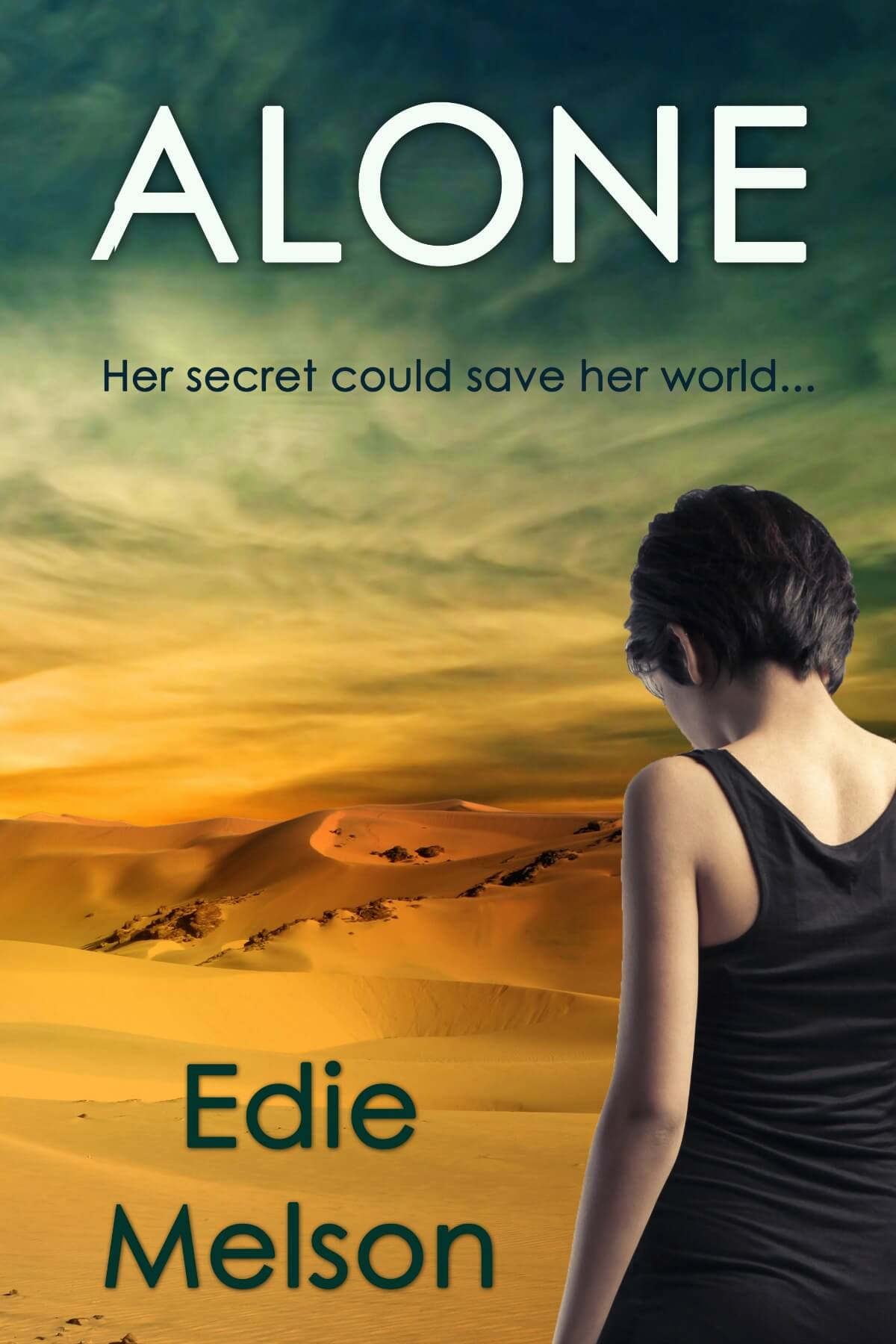









This is my biggest writing challenge! I have a hard time with pacing and, frustratingly, my pace is too quick. I need advice on how to slow it down and give the story the weight and time it deserves!
ReplyDeleteReally helpful article. Thanks.
ReplyDeleteI've found I often write too fast and sketchily, so I end up picking the important scenes to extend and slow things down.
I am so glad it helped, y'all. My books always have a very fast pace, but there are varying degrees of that.
ReplyDeleteIf you need to slow down the pace, find the spots where you feel it's too rushed, then go through and pad the description. Or linger a bit on an emotional element (not too long or you might deflate the impact). Give us some "tangibles" in terms of the setting.
Narrative invariably slows down the pace of a scene, so if you don't have a lot of narrative, you might add a bit in--be cautious because if it's not absolutely relevant, then it becomes something your readers will skip over and you've not helped your story. :-D
Feel free to email me, if you want or need more help.
This is really great. It's something I've thougth about as an author, but you make it sound so much more important. Thanks for sharing!
ReplyDelete